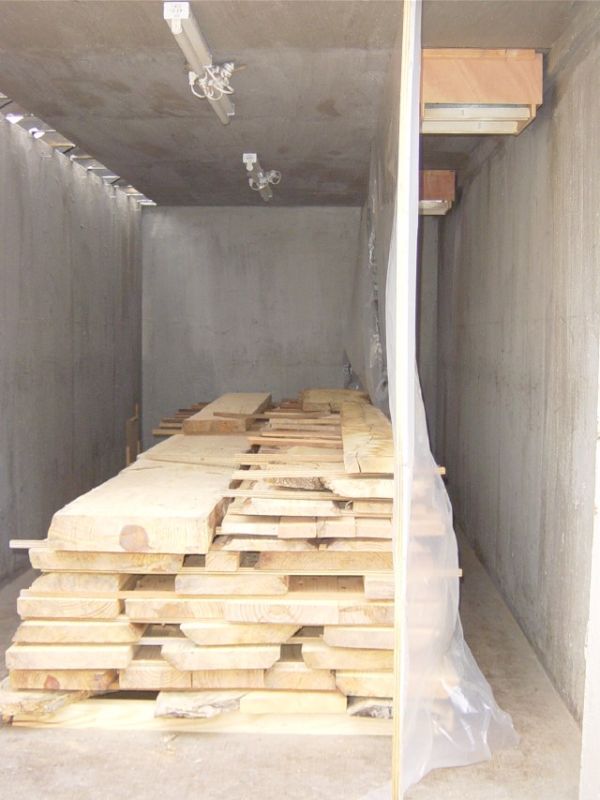Charging for Thin-Sawing Lumber
When sawing thinner than 4/4, adjust the board-foot rate accordingly — or just charge by the hour. August 30, 2007
Question
I'm new to sawmilling and I was wondering if it would be right to charge half inch thickness the same as one inch thickness. I figured that it would be okay for the extra cuts involved. What do the rest of you do?
Forum Responses
(Sawing and Drying Forum)
From contributor W:
Anything under an inch is charged as an inch at my mill.
From contributor R:
If you're charging by the bdft, you'll make a huge mistake charging the same for 2/4 and 4/4. You have twice the sawlines per log, which means it will take you almost twice as much time, and twice as many blades, not to mention a lot more edging. Double your rate! Because of all the variables involved with custom sawing, I charge by the hour.
From the original questioner:
The customer wants to cover the drywall in her tack room with cedar and she wants it as thin as I can get it. I have heard that anything under 1 inch will crack and warp, but what if I cut veneer - will it crack out if she glues it to the sheet rock?
From contributor J:
Glue it to the sheet rock - that's an interesting substrate. A test might be in order to see what the mode of failure would be.
From contributor D:
If it's eastern red cedar that you're talking about, it's real stable and shouldn't warp if stickered properly. You might leave a little extra for surfacing.
From contributor S:
I've had problems with warping when I have sawn anything under 7/8''. I heard you need 300 lbs per square foot to keep the boards from twisting.
From contributor O:
You may consider charging by the hour. A couple months ago I quarter sawed walnut gun stock blanks for two days and charged by the hour. I came out real good and figured on some jobs it is the only way to turn a profit.
From Professor Gene Wengert, forum technical advisor:
The NHLA rules for measuring board footage are that anything under 4/4 is charged as though it were 4/4.
Gluing of wood to drywall is commonly done using a construction adhesive. If the wood is too wet, it will dry and crack; otherwise, no problem. Is the tack room heated? That will help determine the proper MC.
From the original questioner:
Thanks for all the advice! The tack rooms are heated, so about 8% MC should be right?
From contributor W:
Contributor R, I don't follow what you wrote about losing money. I charge 35 cents a bd ft. If I saw 100 bd ft of 4/4, I make $35. If I saw the saw wood to 1/2 inch, I make $70.
From contributor R:
I guess I misread the intent of the postings... I was talking about counting actual footage, not rounding the half inch up to 4/4 count. If that's what you do, yes... you would charge for twice the footage from the same log, and make twice the money. (I have a pallet background, so I automatically think in actual bdft terms).
From Professor Gene Wengert, forum technical advisor:
The "actual" board footage of thin lumber is determined by the definition of a board foot; that is, the nominal footage is used for thickness, except under 4/4, then 4/4 is used. In other words, 1/2" nominal x 12" wide and 12' wide is 12 BF actual. This is the definition now and has been for many, many years. We are stuck with these old definitions, even if we do not like them. For this reason, some people (but they seem quiet now) have pushed for the metric lumber measurement system.
No matter how you measure, contributor R does point out that thin lumber has more sawdust and more effort, unless you measure based on the BF definition.
Incidentally, in contrast, Select 8/4 costs less per BF than Select 4/4, of the same species. So thicker of upper grades is more valuable and has better log yields and so on.
